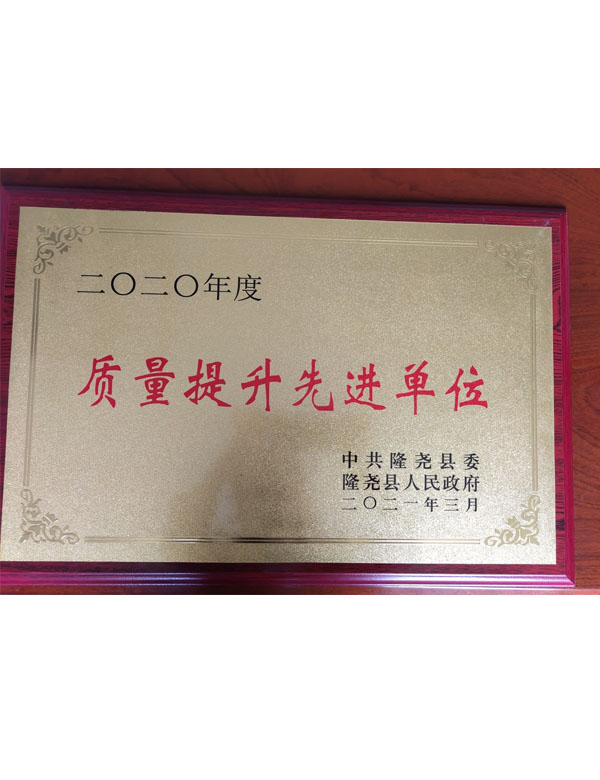polycarboxylic acid uses
Polycarboxylic acids are a unique class of organic compounds characterized by the presence of multiple carboxyl groups (-COOH) within their molecular structure. These versatile compounds find extensive applications across various industries due to their distinct chemical properties and functional versatility. This article delves into the diverse uses of polycarboxylic acids, highlighting their significance in various fields.
One of the primary applications of polycarboxylic acids is in the production of detergents and surfactants. Their ability to effectively bind to both polar and nonpolar substances makes them ideal for use in cleaning products. For instance, citric acid, a common polycarboxylic acid, enhances the performance of laundry detergents by acting as a chelating agent that removes calcium and magnesium ions from water, improving detergent efficacy. Additionally, the presence of multiple carboxyl groups allows these acids to lower the surface tension of water, further enhancing cleaning properties.
.
Polycarboxylic acids also play a crucial role in the textile industry. They are used in the formulation of various dyes and pigments, where they help in achieving vibrant colors and enhancing the stability of the dyed fabrics. Moreover, they are used as agents in the treatment of textiles, providing properties such as wrinkle resistance and water repellency. This application is particularly significant as the textile industry seeks to develop more durable and sustainable fabrics.
polycarboxylic acid uses

Furthermore, these compounds have important applications in the food industry. Citric acid, one of the most widely used polycarboxylic acids, serves as a natural preservative and flavoring agent. Its acidic nature not only enhances the taste of various food products but also helps inhibit the growth of harmful bacteria and molds, thus extending shelf life. Polycarboxylic acids are also instrumental in the development of food additives aimed at improving texture and stability, making them invaluable in food production.
In pharmaceuticals, polycarboxylic acids are utilized in drug formulation and delivery systems. The presence of multiple carboxyl groups allows for better solubility and bioavailability of drugs, enhancing their therapeutic effects. Furthermore, these compounds can serve as polymers for sustained drug release, making them ideal for controlled delivery systems that improve patient compliance and treatment effectiveness.
The plastic and polymer industries benefit significantly from polycarboxylic acids as well. They are used in the production of resins and adhesives, where their chemical properties facilitate better bonding and durability. The incorporation of polycarboxylic acids into polymer structures can lead to materials with enhanced mechanical and thermal properties, making them suitable for a wide range of applications.
In conclusion, polycarboxylic acids are essential compounds with a myriad of applications across various industries, including detergents, agriculture, textiles, food, pharmaceuticals, and plastics. Their unique chemical properties make them invaluable in enhancing the performance and efficacy of products, thereby playing a vital role in advancing technology and improving quality of life. As research continues to uncover new uses and benefits of these acids, their importance in industrial applications is set to grow even further.
-
Premium Isothiazolinones | Broad-Spectrum Biocidal SolutionsNewsAug.28,2025
-
LK-319 Special Scale And Corrosion Inhibitor For Steel Plants: Advanced Solutions for Industrial Water SystemsNewsAug.22,2025
-
Flocculant Water Treatment: Essential Chemical Solutions for Purification ProcessesNewsAug.22,2025
-
Isothiazolinones: Versatile Microbial Control Agents for Industrial and Consumer ApplicationsNewsAug.22,2025
-
Scale Inhibitor: Key Solutions for Water System Scale PreventionNewsAug.22,2025
-
Organophosphonates: Versatile Scale Inhibitors for Industrial Water SystemsNewsAug.22,2025





